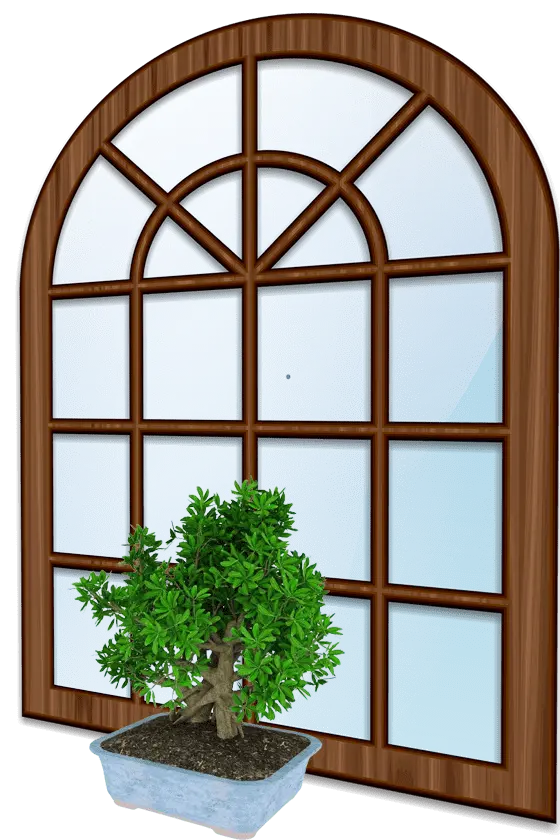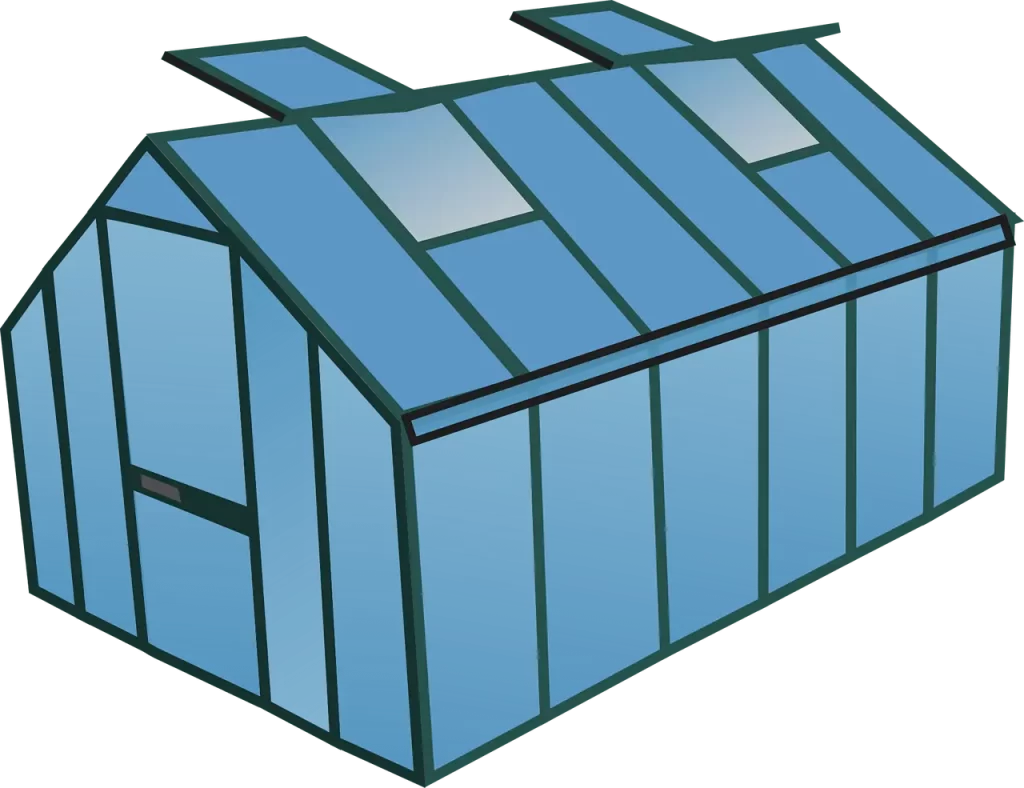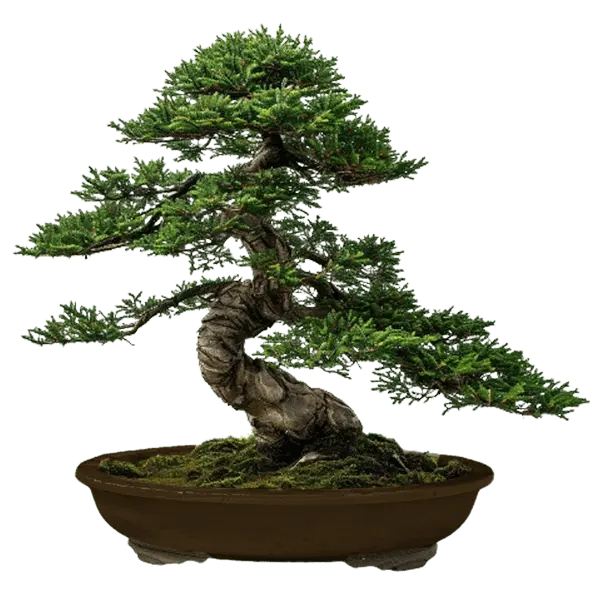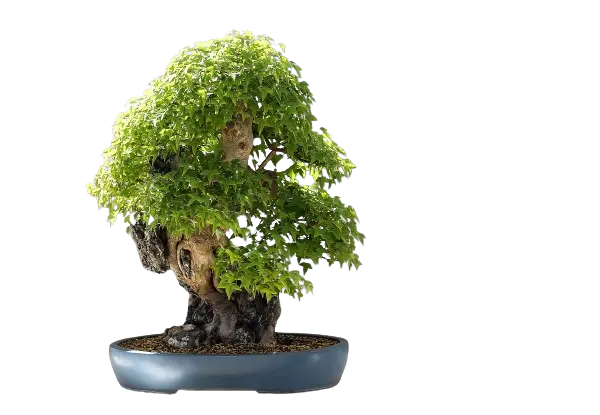
Ce calendrier horticole est spécialement conçu pour les zones de rusticité 4 au Canada.
Si vous vous trouvez dans les zones 3, 5, 6, 7 ou 8, certaines tâches devront peut-être être effectuées plus tôt ou plus tard.
Please let me know if you have any suggestions or changes!
In the fertilizer market, a standard has been established for the display: you'll always find three digits representing nitrogen (N), phosphorus (P) and potash (K).
When I refer to a type of fertilizer, it's not just the numbers that are important, but also the formula to be obtained. For example, if I recommend using a fertilizer rich in nitrogen (e.g. : N.P.K. – 10.5.5), the aim is to find a fertilizer whose first digit is higher than the other two. The same applies to the other formulations.
January
GENERAL

Tropicals

SEMI-RUSTIC (cold greenhouse)
Temperature between 2 and 5 degrees Celsius

RUSTICS

February
GENERAL

Tropicals

SEMI-RUSTIC (cold greenhouse)
Temperature between 2 and 5 degrees Celsius

RUSTICS

March
GENERAL

Tropicals

SEMI-RUSTIC (cold greenhouse)
Temperature between 2 and 5 degrees Celsius

RUSTICS

April
GENERAL

Tropicals

SEMI-RUSTIC (cold greenhouse)
Temperature between 2 and 5 degrees Celsius

RUSTICS

May
GENERAL

Tropicals

SEMI-RUSTIC
Trees that cannot tolerate temperatures below
to 0 degrees Celsius.

RUSTICS

June
GENERAL

Tropicals

SEMI-RUSTIC
Trees that cannot tolerate temperatures below
to 0 degrees Celsius.

RUSTICS

July
GENERAL

Tropicals

SEMI-RUSTIC
Trees that cannot tolerate temperatures below
to 0 degrees Celsius.

RUSTICS

August
GENERAL

Tropicals

SEMI-RUSTIC
Trees that cannot tolerate temperatures below
to 0 degrees Celsius.

RUSTICS

September
GENERAL

Tropicals

SEMI-RUSTIC
Trees that cannot tolerate temperatures below
to 0 degrees Celsius.

RUSTICS

October
GENERAL

Tropicals

SEMI-RUSTIC (cold greenhouse)
Temperature between 2 and 5 degrees Celsius

RUSTICS

November
GENERAL

Tropicals

SEMI-RUSTIC (cold greenhouse)
Temperature between 2 and 5 degrees Celsius

RUSTICS

December
GENERAL

Tropicals

SEMI-RUSTIC (cold greenhouse)
Temperature between 2 and 5 degrees Celsius

RUSTICS
